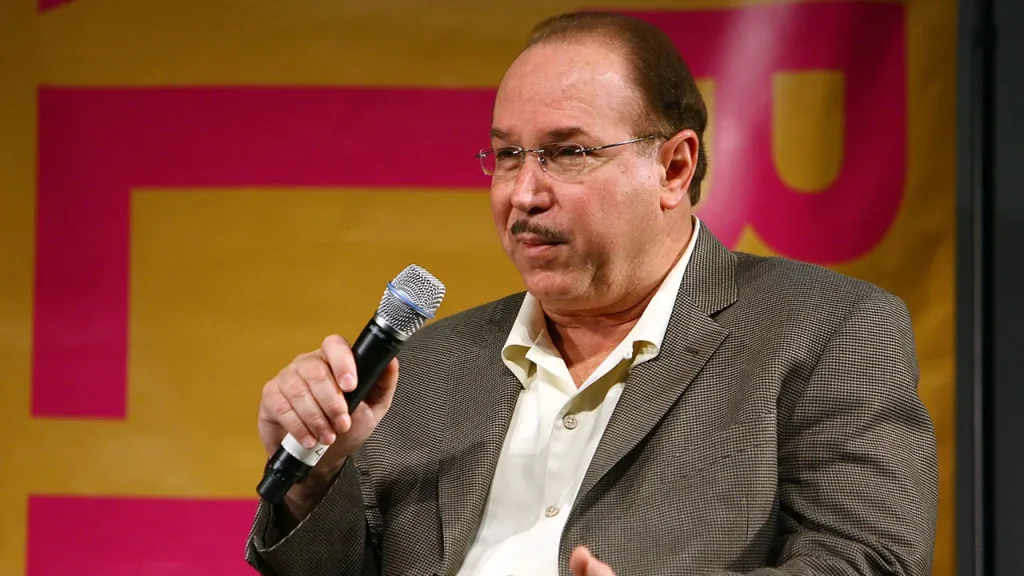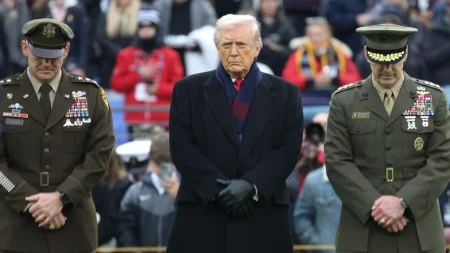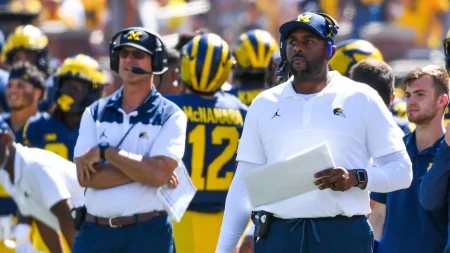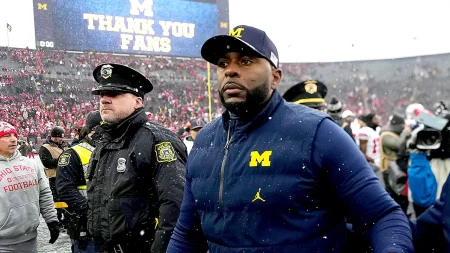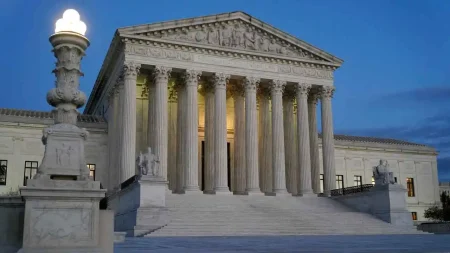Victor Conte: The Complicated Legacy of Sports Nutrition’s Controversial Figure
Victor Conte, the polarizing figure behind one of sports history’s most notorious performance-enhancing drug scandals, has passed away at 75 following a battle with pancreatic cancer. His company, Scientific Nutrition for Advanced Conditioning (SNAC), announced his death with a heartfelt tribute: “We are Heartbroken by the Passing of our Fearless Leader. We will Honor his Wishes. SNAC and his Legacy will Carry Forward, Strong and Forever. We LOVE you, Conte!” Despite his controversial past, Conte leaves behind a complex legacy that spans both infamy and redemption, challenging us to consider the complicated relationship between sports, science, and ethics.
Conte’s name became synonymous with sports doping through his company BALCO (Bay Area Laboratory Co-Operative), which was thrust into the national spotlight in 2003 when federal agents raided his business and home in Northern California. The investigation uncovered an extensive network of performance-enhancing drug distribution that implicated numerous high-profile athletes across multiple sports. This watershed moment forever changed how fans and officials viewed athletic achievements, casting a shadow of suspicion over an entire era of sports competition. The scandal was particularly devastating for Major League Baseball, where it tarnished records and reputations, including that of home run king Barry Bonds. Conte would later plead guilty in 2005 to conspiracy to distribute steroids and money laundering, admitting to providing banned substances to elite athletes like Bonds and Olympic gold medalist Marion Jones, among others.
Despite the damage his actions caused to sports integrity, Conte maintained a nuanced view of his own legacy. In a Netflix documentary, he reflected, “When Marion Jones hit the finish line and won the gold medal, when Barry Bonds hit all these home runs, you know, any of these great accomplishments, those are things that I’ll always be proud of.” This perspective highlights the moral ambiguity that characterized Conte’s career – he seemed to genuinely believe in helping athletes maximize their potential, even while understanding that his methods violated rules and possibly endangered those he claimed to help. For his crimes, Conte served a relatively light sentence of four months in a low-security federal prison in California, a punishment that some critics felt didn’t match the extensive damage done to sports’ credibility and to athletes who competed clean during that era.
After serving his sentence, Conte attempted to rebuild his reputation by pivoting SNAC toward developing and selling natural supplements. What’s remarkable about his post-scandal career is that, rather than being permanently ostracized from the sports world, he found a second act as an advisor in boxing. Top fighters including Terence “Bud” Crawford and Claressa Shields sought his expertise, suggesting that his knowledge of nutrition and conditioning remained valued even among those aware of his past. This rehabilitation wasn’t without controversy – when Crawford fought Canelo Alvarez, skeptics questioned whether Conte’s involvement might suggest improper methods were being employed. Conte addressed such concerns before Crawford’s eventual unanimous victory, pleading, “Please don’t stress the negativity of my past too much,” a statement that reflected his ongoing struggle to separate his current work from his controversial history.
The final chapter of Conte’s life reveals something about his character that even his critics might acknowledge: his dedication to his craft. After being diagnosed with pancreatic cancer in May, he continued working with athletes from his hospital bed during his final months. This commitment to his work until the very end suggests that, whatever one thinks of his methods or ethics, Conte’s passion for sports performance was genuine and enduring. It’s a complicated detail that adds humanity to a figure often reduced to a symbol of sports’ doping crisis, reminding us that even controversial figures contain multitudes of motivations and contradictions.
Victor Conte’s legacy ultimately invites us to wrestle with difficult questions about sports, enhancement, and redemption. Was he merely a cheat who undermined fair competition, or a misguided innovator who exposed the hypocrisies of professional sports? Did his second career represent genuine rehabilitation or merely a rebranding of questionable practices? The answers likely contain elements of truth from both perspectives. What remains clear is that Conte’s influence on sports extends far beyond the headlines of the BALCO scandal. He forced a reckoning with how we view athletic achievement in an age of advancing science, challenged us to question what “natural” performance truly means, and demonstrated that even after a spectacular fall from grace, second acts in American life remain possible. Whether viewed as villain or complicated antihero, Victor Conte’s story is inextricably woven into the fabric of modern sports history – a cautionary tale, but also a human one.




